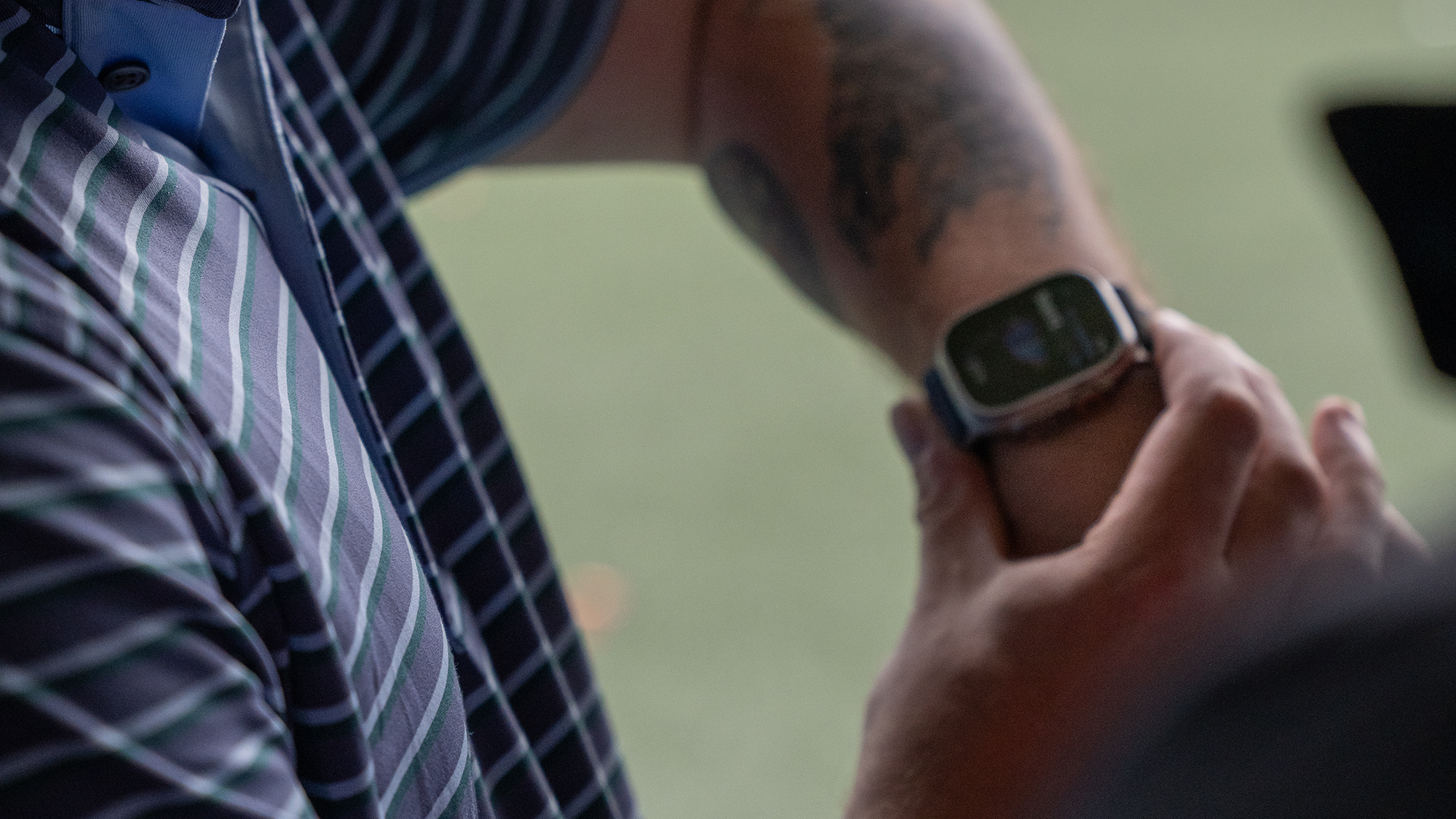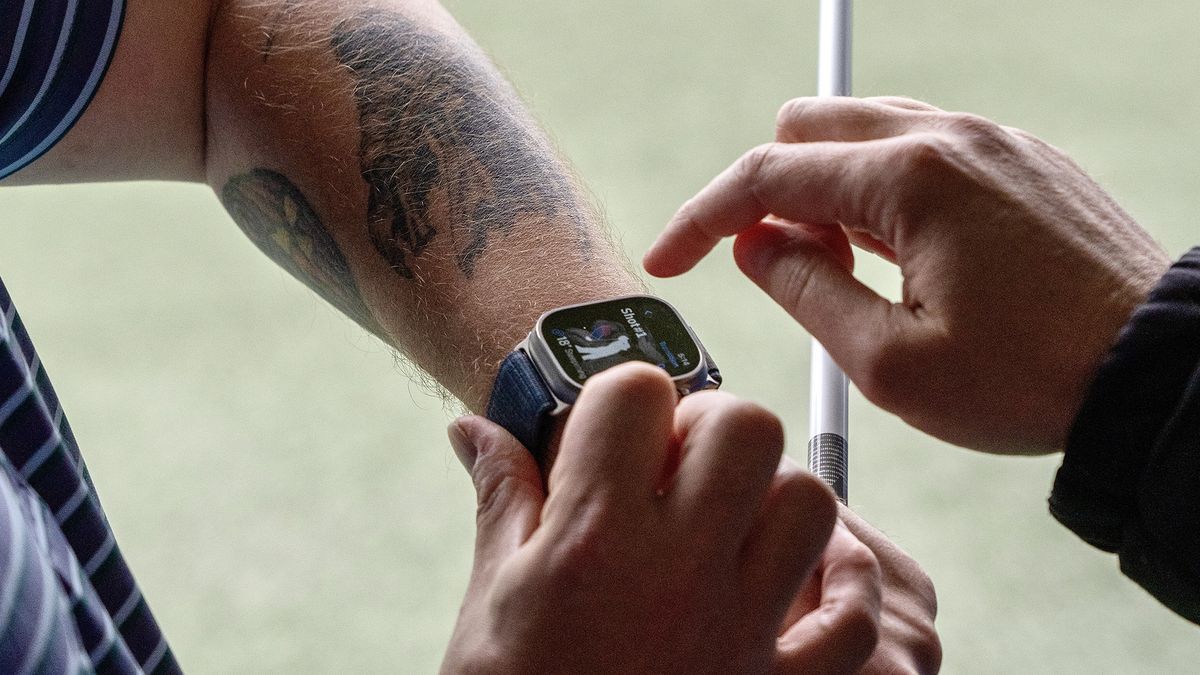I’m a slicer. Every time I walk up to the tee box at the golf course, everyone to my right needs to take cover because there’s a good chance my shot is coming their way. At a broad level, I’ve always understood why I slice the ball — my club face is open relative to my swing path. But understanding the problem hasn’t really helped me lock down what to do about it.
That changed when I tried the new practice feature within the Golfshot app on the Apple Watch Ultra 2 that critiques my swings in real time. While Golfshot has always been able to tell you about your swing, it could only do it on the course. With the latest update, it can give feedback at the range, which is an absolute game-changer. As someone who wants to improve my game, take shots at the driving range while simultaneously seeing what my wrist is doing and how it impacts my shot is invaluable.
With this feature, you can conveniently observe everything from your hand speed to tempo to how far you’re bringing the club back during your swing, all from GolfShot’s Apple Watch app. This data, combined with the actual flight you see from the ball on each shot, opens up the possibility for precise adjustments to your swing that can potentially revolutionize your shot.
And that’s precisely what happened to me. I noticed that I hit a straighter shot if I brought my club back about 150 degrees (instead of 130, which was my normal John Rahm-like backswing). I also learned that I’m a little slow to close my wrist, thus leaving my club face open. By shutting my front wrist a little sooner (rotating it so the watch was facing the ball sooner), I could hook the ball to the left, which is a shot shape I’ve seldom seen. With some more adjustments informed by GolfShot on Apple Watch, I was hitting straight drives that, combined with the longer backswing, were going 25-50 yards further than my average.
With the existing on-course tracking features, I could gauge if I was bringing the swing changes from the range to an actual round. I wasn’t, which is what always seems to happen in golf. But instead of being baffled and wondering why I couldn’t hit the ball the same way, I compared the numbers to the range shots to understand why the range session wasn’t translating. Again, all from wrist when you wear the Apple Watch Ultra for golf.

As it turns out, I was slowing down too much. Sure, it’s good to swing under control, but due to being nervous on the course, I was swinging too gently and not getting my wrist over quickly enough. After adjusting, I returned to hitting the ball left, improving my score. Sure, I probably only took three strokes off my round, but that’s three strokes off my round after a single range session with Golfshot and Apple Watch. It’s easy to imagine how much of a difference the advanced technology could make after several range sessions and multiple rounds.
The highest praise I can offer for the experience of using the Apple Watch with Golfshot’s practice features is that I will continue to use it long after this article is finished. As a relatively new golfer, I’m confident these features helping me break 90 for the first time. From there, 80 could be on the horizon, and then, who knows? And it’s not just golf, as the Apple Watch is also useful for tennis players with the same developer APIs that leverage the watch’s motion sensors to analyze swing motions.








:max_bytes(150000):strip_icc()/roundup-writereditor-loved-deals-tout-f5de51f85de145b2b1eb99cdb7b6cb84.jpg)


